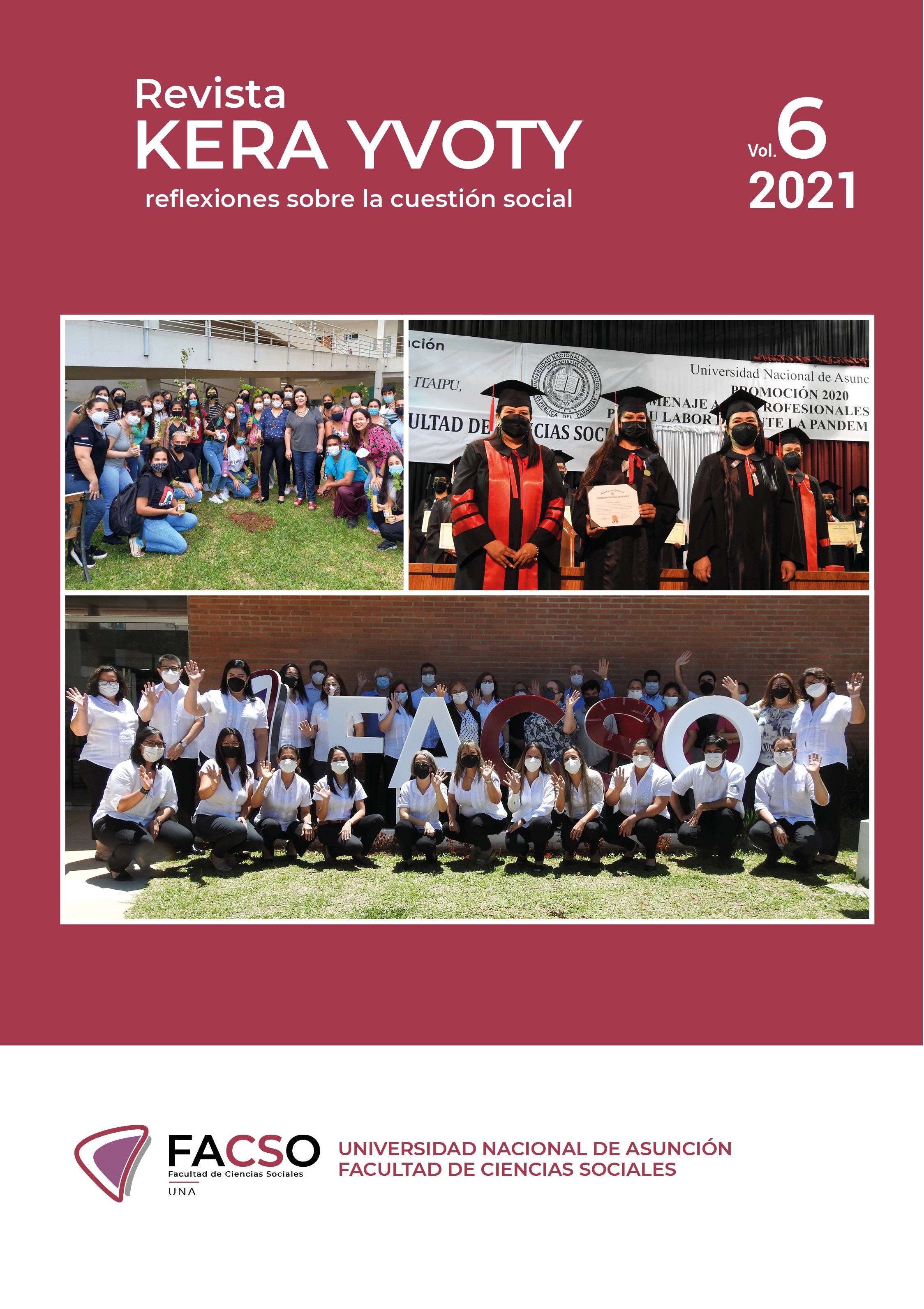Abstract
This work has been conceived as an urban ethnography of the occupation of the Independencia and Juan de Salazar´s plazas as the result of the fire of december, 24th and 25th, 2020, due to the pyrotechnics that is traditionally used during the holidays. The objective of this work is to translate through the observation and the collected data, how the community has been gradually settled in the place, the links with the territory and the communal dynamics to understand the needs and the survival strategies. Through the field research done, it is intended to visualize the everyday life of the displaced people, and how they live the places that they have been creating.
The methodology used was the observational ethnography, which has been done along six months of visits (from march 5th. to august 31st.), through photographic records, observational routes with their own notes, and ten interviews with different inhabitants (taking in account the ages, gender and roles in the community) of the settlement and a “go-along” recorded with the leader of the community. The analysis was focused in the territorial situation, the material conditions of the habitat and the domestic and the everyday conditions of the inhabitants.
So this paper translate the complex relation with the inmediate context and with the others occupations that have been taking place in Plaza de Armas throughout more than ten months. It seems to be a mutual understanding between the negligent inaction of the institutions and the lack of public policies, and by the other hand with some part of the society that perceive them as squatters of a public space, hampering in this way a more friendly, sustainable and inclusive solution.
Like Loïc Wacquant (2007) says about the urban researches: It´s not about collecting fresh data that can serve as living examples of the formulated thesis out of a long-lasting link with the prosaic reality, but of using the ethnographical observation as a tool and needed moment of the theoretical construction.
References
Bosio, J. Causarano, M., & Chase, B. (1989). Aproximación a un proyecto del Ambiente. La Chacarita. Documento de Trabajo. https://altervida.files.wordpress.com/2013/03/aproximacion-a-un-proyecto-del-ambiente-la-chacarita.pdf
Constitución Nacional de la República del Paraguay. (1992)
Córdoba Hernández, R., &Pérez García-Burgosn A. (2019). Urbanización inclusiva y resiliente en asentamientos informales. Ejemplificación en Latinoamérica y Caribe. Revista Bitácora Urbano Territorial, 30(2), 61-74.
Flores, A. R. (2007). Política habitacional en el Paraguay desde 1989 hasta nuestros días. En A, Larangeira (Ed.), Regularización de asentamientos informales en América Latina. Lincoln Institute of Land Policy.
Harvey, D. (2013). Ciudades Rebeldes. Madrid. Akal; pensamiento crítico.
Lefebvre, H. (1968). El derecho a la ciudad. Ediciones Península.
Lefebvre, H. (1974). La producción del espacio. Capitán Swing.
Mandu’a. (2019). Incompetencia y corrupción, un dúo que no permite avanzar. https://www.mandua.com.py/incompetencia-y-corrupcion-un-duo-que-no-permite-avanzar-n532
Mathivet, C. (2009). El derecho a la ciudad: claves para entender la propuesta de crear “Otra ciudad posible”. http://base.d-p-h.info/es/fiches/dph/fiche-dph-8034.html
SENAVITAT. (2013). PLANHAVI: Plan Nacional de Hábitat y Vivienda del Paraguay. https://www.stp.gov.py/v1/wp-content/uploads/2019/02/Vol-6.-PLANHAVI.pdf
Wacquant, L. (2007). Los condenados de la ciudad. Siglo XXI Editores Argentina.

This work is licensed under a Creative Commons Attribution 4.0 International License.
Copyright (c) 2021 Melina Pekholtz





